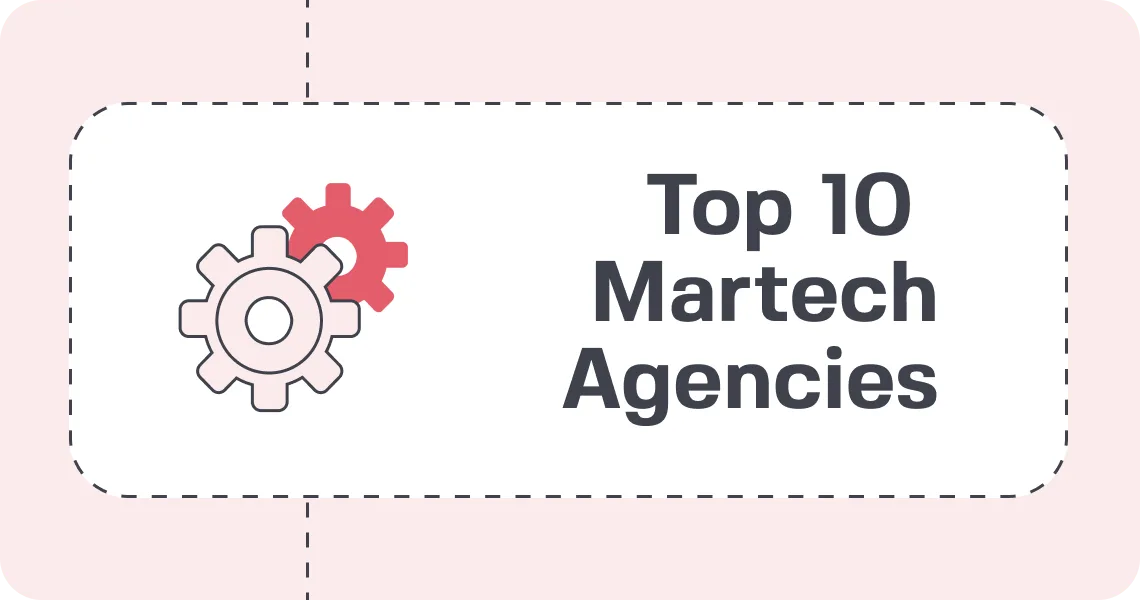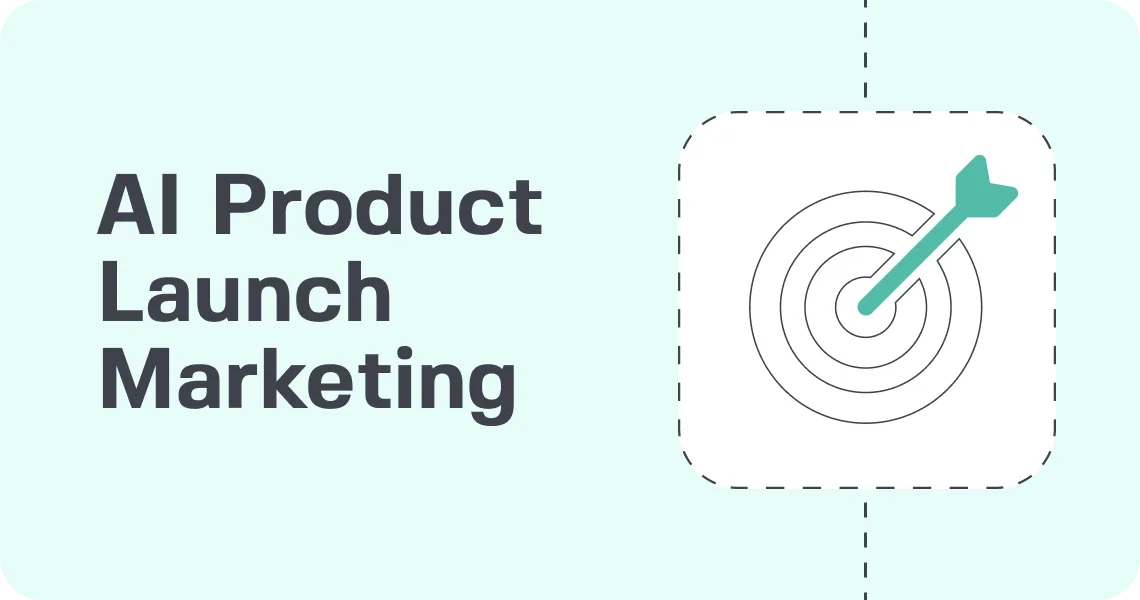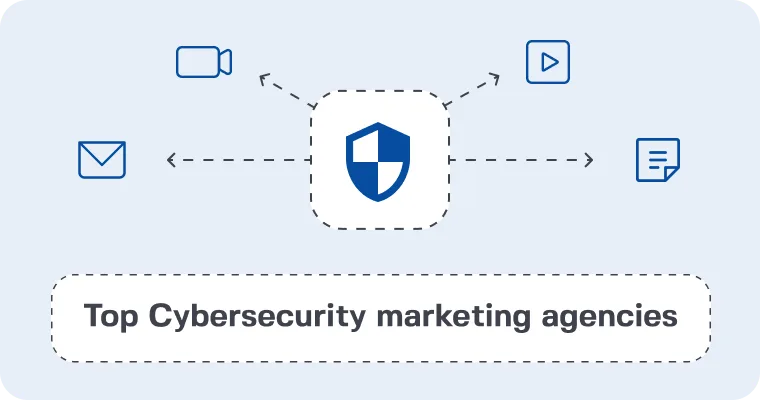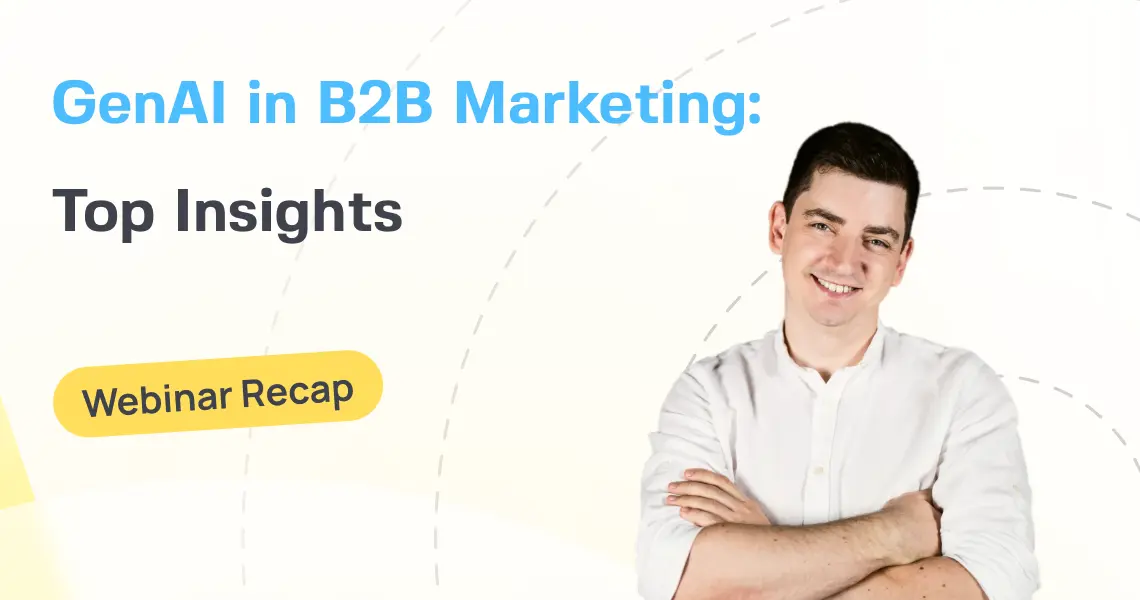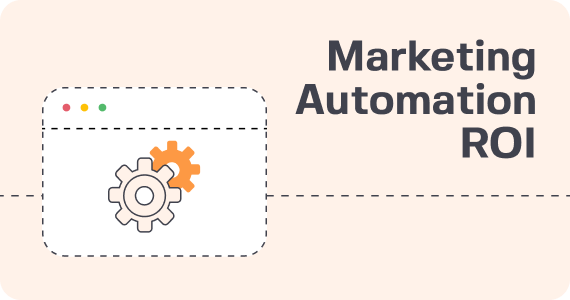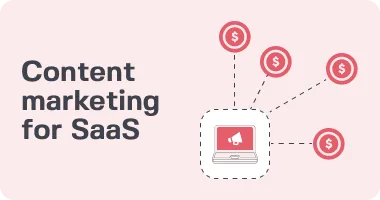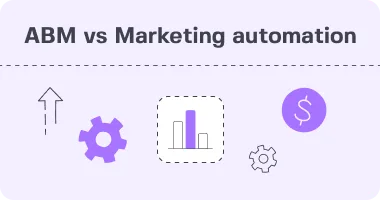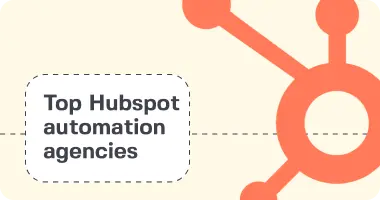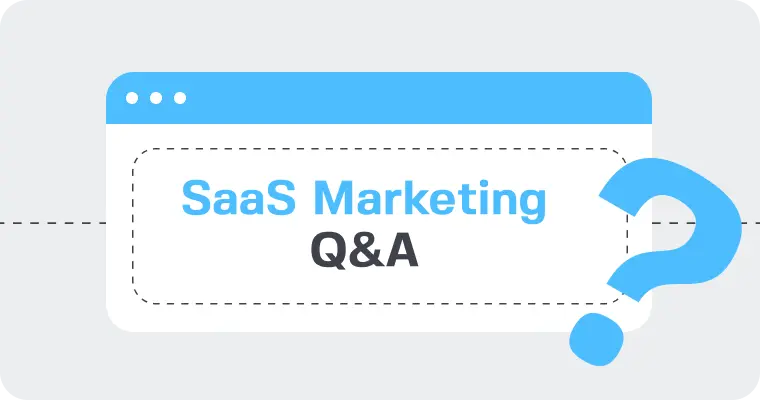If you’re working in SaaS, you know how fast things move. You’re constantly juggling customer acquisition, lead nurturing, retention, and sales—and each one comes with its own set of challenges. In fact, 70% of marketers report feeling overwhelmed by the number of tools they need to manage. Eventually, managing these challenges manually can become unsustainable as your SaaS business expands. To meet growing expectations and maintain quality, you need a solution that streamlines processes across channels. Marketing automation is that solution, providing the structure and efficiency needed to scale effectively.
Marketing automation Saas tools are about more than just sending emails or managing customer data. They’re designed to create smooth, personalized experiences at scale, across channels, and throughout the entire customer lifecycle. By automating the repetitive tasks, you free up your team to focus on building stronger customer relationships and achieving long-term business goals.
But with so many options available, how do you choose the right tools for your needs? The market is full of platforms promising to solve all your marketing problems. The key is to find solutions that not only meet the unique challenges of SaaS businesses but also deliver measurable results.
What is Marketing Automation in SaaS?
Before we explore how it can be applied, let’s first define what marketing automation means in the context of SaaS and how it drives results for businesses.
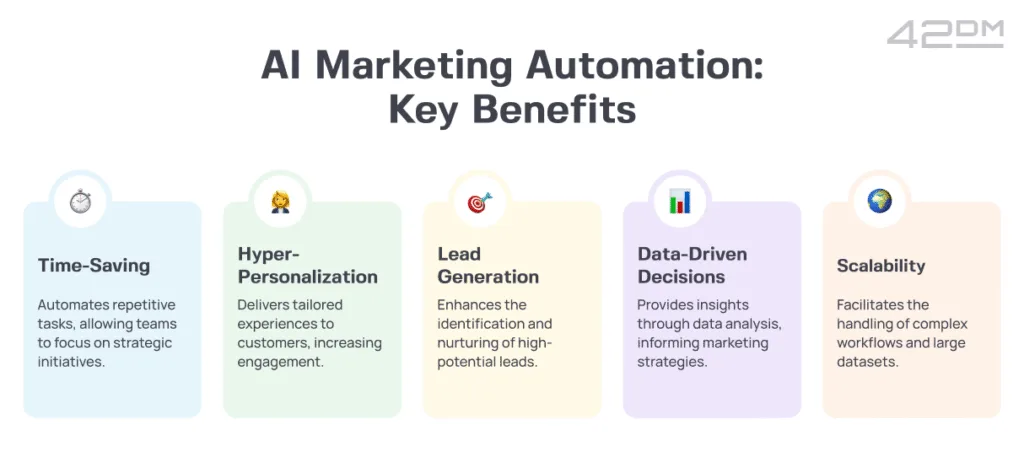
Defining Marketing Automation for SaaS
Marketing automation for SaaS isn’t just about automating simple tasks like sending emails or posting on social media. It’s about creating intelligent, data-driven systems that handle the repetitive elements of marketing, allowing your team to focus on the bigger picture. At its core, marketing automation in SaaS refers to using software to streamline, optimize, and measure marketing activities across the entire customer lifecycle—from lead generation to customer retention.
In SaaS, where customer acquisition and retention are ongoing, multifaceted processes, automation tools become essential for maintaining efficiency and personalized engagement at scale. By automating workflows, you ensure that potential customers are nurtured through the funnel with the right messages at the right time, without the need for manual intervention.
But it doesn’t stop there. Marketing automation also helps you gather and analyze data in real-time, giving you a clearer view of your performance. It aligns sales and marketing teams, tracks customer behavior, and enhances decision-making by providing insights into which strategies are driving results and where improvements can be made.
For SaaS businesses, delivering personalized experiences at scale is essential to building lasting relationships with customers. Marketing automation makes it possible to reach users across email, social, and web with messaging that feels tailor-made for them, no matter where they are in the journey. Rather than sending generic messages to a broad audience, automation allows you to craft relevant, timely interactions that speak directly to individual needs—ultimately driving engagement and increasing conversions.
Key Features to Look for in SaaS Marketing Automation Tools
In order to get the most out of your SaaS marketing automation investment, you need to focus on the right features. Let’s explore the essential capabilities that should be at the very top of your list.
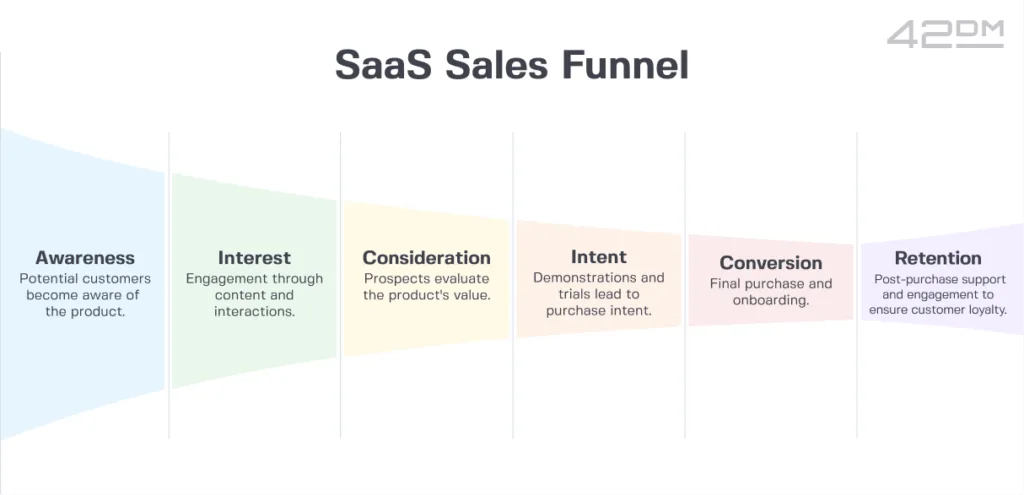
Email Campaign Automation
In SaaS, email remains one of the most effective ways to nurture relationships with your audience. Email campaign automation ensures you can deliver timely, relevant content at scale, without having to manually craft each message.
At its core, email automation allows you to send messages triggered by user actions, behaviors, or specific time intervals. Whether it’s welcoming new sign-ups, nurturing leads who haven’t converted, or re-engaging customers who’ve gone quiet, automation ensures your messages reach the right people at the right time.
What makes email automation so powerful is its ability to personalize content. By customizing emails based on details such as location, user behavior, and past interactions, you can make sure your messages resonate with each recipient, making them feel as if the email was created just for them.
A/B testing is another crucial feature for email campaign automation. By testing subject lines, email copy, and calls to action, you can refine your campaigns over time, optimizing for the best possible performance.
Finally, automation ensures that your emails are sent at the optimal time, based on your users’ time zones or engagement patterns. This helps to improve deliverability and ensures that your messages reach your audience when they’re most likely to act.
Lead Scoring and Segmentation
In SaaS, not all leads are created equal. Lead scoring and segmentation help you prioritize high-value prospects and tailor your marketing efforts to meet the unique needs of each segment. By understanding which leads are most likely to convert, you can focus your resources on those that matter most, improving your ROI and increasing conversion rates.
Lead scoring is the process of assigning a numerical value to each lead based on their behaviors, actions, and engagement levels. For example, a lead who has downloaded a whitepaper might score higher than one who simply visited your pricing page. The more a lead interacts with your content, emails, or website, the higher their score becomes, signaling to your marketing and sales teams that they are a hotter prospect.
Segmentation takes this a step further by dividing your leads into distinct groups based on characteristics like demographics, behavior, or past interactions. By segmenting your leads, you can send highly targeted, relevant content to each group. For instance, you might send product-focused content to leads who’ve shown interest in a specific feature, or customer success stories to those in the trial phase. This tailored approach increases the chances of conversion by ensuring the right message reaches the right person at the right time.
When combined, lead scoring and segmentation allow you to automate the nurturing process while ensuring that each lead receives the appropriate level of attention. This results in a more efficient marketing funnel, where leads are not only more likely to convert but are also nurtured through the right channels and messaging.
Analytics and Reporting
In the world of SaaS, data is king. Without the ability to track and analyze your marketing efforts, it’s impossible to know what’s working and what needs improvement. In fact, 87% of marketers say that data is their company’s most under-utilized asset. Analytics and reporting provide the insights needed to measure the performance of your campaigns and make more informed decisions.
Marketing automation platforms offer real-time analytics that track key metrics like email open rates, click-through rates, lead conversion, and customer retention. With this data, you can assess how each campaign is performing against your KPIs and adjust strategies accordingly.
Funnel performance visualization is crucial for understanding how leads progress through the marketing journey. It helps you identify where leads drop off, enabling you to optimize those stages to improve conversion rates. For example, if there’s a significant drop-off after a lead signs up for a free trial, you can tweak the messaging or engagement strategy to keep them moving forward.
Attribution modeling takes your insights a step further by showing you which touchpoints contribute most to conversions. This allows you to understand which channels, campaigns, or pieces of content drive the most value, so you can allocate resources more effectively. Are your email campaigns outperforming social ads? Attribution modeling will give you the data to make that call.
By continuously analyzing and reporting on the performance of your campaigns, you can refine your marketing strategy, adjust messaging, and maximize ROI. Automated reporting also saves time, as it generates insights without requiring manual tracking.
Multi-Channel Campaign Management
In SaaS, your audience is spread across various platforms, each with its own unique touchpoints. Relying on a single channel to connect with them limits your reach and effectiveness. Multi-channel campaign management allows you to engage prospects across email, social media, websites, and SMS—delivering consistent messaging while meeting them where they already are. This approach ensures your marketing efforts are not only seen but felt, driving deeper connections and stronger conversions.
The beauty of marketing automation is that it enables you to seamlessly orchestrate campaigns across different channels from a single platform. Rather than managing each channel separately, you can align messaging and timing across all touchpoints, ensuring a consistent experience for your leads and customers. For example, if someone clicks on a link in your email, you can follow up with a targeted ad on social media or SMS, continuing the conversation in a way that feels personalized and relevant.
With cross-platform orchestration, you ensure that your campaigns are aligned and that your audience sees consistent branding and messaging no matter where they interact with your content. This level of coordination improves the customer experience and enhances brand recognition, making your marketing efforts more effective.
Unified dashboards also play a key role in multi-channel management. Instead of having to check multiple platforms to evaluate campaign performance, a single dashboard provides a consolidated view of how your campaigns are performing across all channels. This gives you the ability to track key metrics like engagement, conversions, and ROI in real-time, so you can make data-driven adjustments quickly.
In SaaS, where customer journeys can be long and complex, multi-channel campaign management ensures that every interaction is part of a bigger, well-coordinated strategy. By leveraging multiple channels and automating follow-ups, you can create a seamless, engaging experience that nurtures leads through the funnel, boosts conversions, and ultimately drives growth.
Integration with CRM and Other Platforms
Effective SaaS marketing hinges on the ability to smoothly guide leads through every stage of the customer journey. To make this possible, your marketing automation tools need to integrate smoothly with your CRM and other platforms.
When your marketing automation platform syncs with your CRM—whether it’s Salesforce, HubSpot, or something else—you can ensure that both marketing and sales teams are working with the most up-to-date data. If a lead engages with an email campaign, downloads a resource, or visits your site, that activity is logged and tracked, making it easy for your sales team to follow up with personalized outreach at the right moment.
Additionally, integration helps centralize all your customer data, eliminating silos between platforms. By bringing together insights from your email campaigns, website, CRM, and analytics tools, you gain a more complete picture of your leads and customers, which enables better decision-making, faster responses, and more tailored experiences.
The best marketing automation platforms also allow you to connect to a range of third-party tools—analytics software, social media management platforms, and customer support systems, to name a few. This ensures that every department, from marketing to sales to customer support, is aligned, using the same data to drive decisions and improve the customer experience.
Lesser-Known SaaS Marketing Automation Tools to Consider
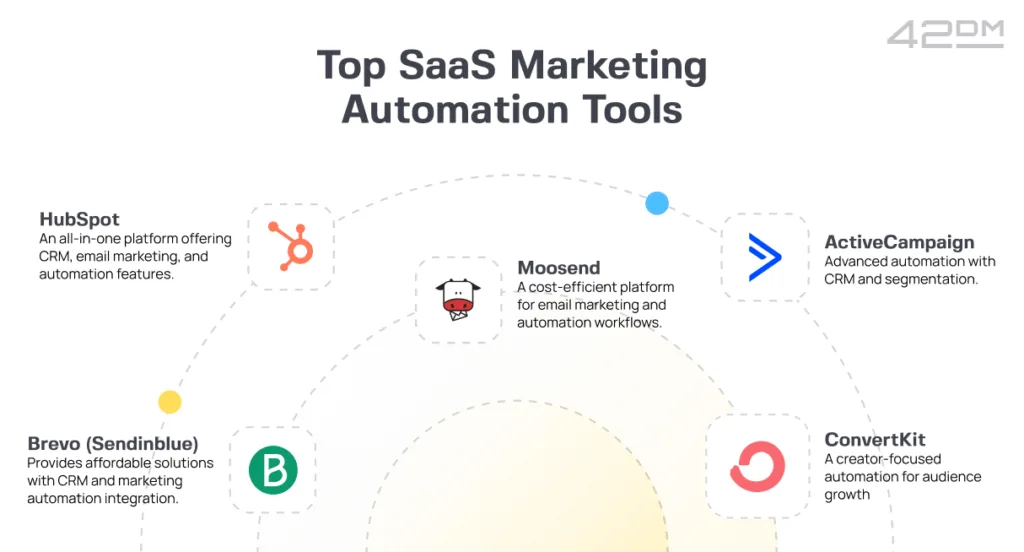
Sometimes, the best SaaS marketing automation tools aren’t the ones everyone’s talking about. If you’re looking for something more tailored to your needs, here are some lesser-known platforms that might just be what you’re searching for.
Tool 1: Moosend
For SaaS companies that rely heavily on email marketing, Moosend offers a powerful yet affordable automation solution. With its AI-powered capabilities, it optimizes campaigns, segments leads, and targets users based on behavior, ensuring marketing efforts are both efficient and effective.
Features and Capabilities:
Moosend specializes in automating personalized email campaigns with behavior-based segmentation. By dynamically adjusting content based on where users are in their journey, it allows SaaS businesses to send more targeted messages without overwhelming teams with manual tasks. Additionally, Moosend offers real-time analytics, which helps you continuously optimize campaign performance, ensuring that you can adapt quickly and make data-driven decisions. The platform also supports advanced features like A/B testing, enabling you to refine your email campaigns for maximum engagement.
Best Use Cases for SaaS Businesses:
Moosend is ideal for SaaS companies that prioritize email marketing and lead nurturing. With its powerful segmentation and targeting capabilities, it helps businesses send highly relevant content to the right people at the right time. Whether you’re aiming to re-engage dormant leads, nurture prospects through the funnel, or onboard new customers, Moosend offers a solution that automates these processes at scale, improving efficiency and boosting conversion rates.
Pricing and Scalability:
Moosend’s flexible, pay-per-use pricing model makes it an attractive choice for SaaS companies at different stages. Its pricing structure adapts to your needs, whether you’re a small startup or a mid-sized business, making it affordable as you grow. You pay for what you use, meaning you don’t have to worry about paying for unused capacity, while still gaining access to powerful tools that scale with your business.
Tool 2: ActiveCampaign
ActiveCampaign is an ideal solution for SaaS businesses looking to integrate email marketing automation with CRM functionality. By combining both sales and marketing tools, it provides a comprehensive platform for managing leads and customer relationships in one place.
Features and Capabilities:
One of ActiveCampaign’s biggest advantages is that it combines email marketing, CRM, and sales automation into one powerful platform. With advanced segmentation and automation features, it helps SaaS businesses nurture leads through the entire funnel—from initial engagement to long-term customer retention. ActiveCampaign allows you to automate key processes like lead scoring, follow-up emails, and targeted campaigns, ensuring timely and relevant communication. The CRM integration makes it easier to align sales and marketing teams, enabling seamless lead handoff and better conversion tracking.
Best Use Cases for SaaS Businesses:
ActiveCampaign is perfect for SaaS businesses with longer sales cycles where CRM and marketing automation must work in tandem. It helps businesses manage and nurture leads across complex customer journeys, from lead acquisition to retention. Companies that need to optimize both marketing workflows and sales processes will find this tool especially valuable. Its CRM functionality also makes it a good fit for businesses that want to streamline their marketing and sales operations into one system, reducing the need for multiple platforms.
Pricing and Scalability:
ActiveCampaign offers competitive pricing, with flexible plans that scale as your SaaS business grows. Its tiered pricing structure makes it an attractive option for businesses of all sizes, from startups to established enterprises. As your business expands, ActiveCampaign can scale with you, offering more advanced features to match your growing needs.
Tool 3: ConvertKit
ConvertKit is an excellent choice for SaaS startups and smaller businesses looking to simplify email marketing automation. With a user-friendly interface and strong focus on personalization, ConvertKit helps businesses create automated sequences that scale as they grow.
Features and Capabilities:
ConvertKit is built to make email marketing automation seamless for SaaS businesses, especially those just starting to scale. With a strong emphasis on personalization, ConvertKit allows you to create automated sequences that adapt to each user’s journey, ensuring every message feels tailored and meaningful. The platform allows you to easily create landing pages and forms to capture leads and grow your audience without needing a developer. Plus, its visual automation workflows provide a clear, drag-and-drop interface that simplifies the process of creating powerful, multi-step campaigns. So, whether you’re setting up welcome sequences or advanced drip campaigns, ConvertKit helps streamline your efforts while maintaining a personal touch.
Best Use Cases for SaaS Businesses:
ConvertKit is best suited for SaaS startups or small businesses that need an easy-to-use email automation tool without the complexity of larger platforms. It’s great for businesses that want to focus on building relationships with leads through welcome emails, nurture sequences, and re-engagement campaigns. If you need a platform that provides essential features without overwhelming your team, ConvertKit offers a perfect starting point that’s scalable as your needs grow.
Pricing and Scalability:
ConvertKit offers a straightforward pricing model that grows with your business. Starting with a free plan for businesses with fewer subscribers, the platform scales as your email list expands. The affordable pricing tiers are ideal for growing SaaS businesses that want a simple yet powerful solution for automating email campaigns without the high costs of enterprise-level tools.
Tool 4: Sendinblue
For SaaS businesses seeking a budget-friendly, multi-channel marketing solution, Sendinblue provides an easy-to-use platform that combines email marketing, SMS, chat, and CRM into a single, streamlined solution.
Features and Capabilities:
Sendinblue stands out for its multi-channel approach, combining email marketing, SMS, live chat, and CRM into one unified platform. This makes it easy for SaaS businesses to manage and automate campaigns across multiple channels. Its email marketing capabilities include features like automation, segmentation, and A/B testing, while the SMS functionality allows businesses to reach customers instantly. With a simple and intuitive interface, Sendinblue helps businesses automate customer interactions while maintaining a personal touch.
Best Use Cases for SaaS Businesses:
Sendinblue is ideal for SaaS companies looking to integrate multiple channels into one cohesive marketing strategy without breaking the budget. It’s perfect for businesses that need to send targeted email campaigns, run SMS outreach, and track customer interactions from one platform. If you’re focused on delivering personalized messages, automating lead nurturing, and managing customer relationships across touchpoints, Sendinblue offers the flexibility and functionality you need. It’s best suited for SaaS businesses that are growing quickly but want a budget-friendly, scalable solution to manage their marketing efforts more effectively.
Pricing and Scalability:
What makes Sendinblue appealing to so many businesses is its affordable pricing and scalable options. Unlike some of its competitors, Sendinblue provides an affordable, pay-as-you-go pricing model, which is ideal for SaaS businesses at different stages of growth. Whether you’re a small startup with limited resources or a mid-sized company with more extensive marketing needs, Sendinblue offers scalable plans that can grow with you. It allows you to access great features like email and SMS automation, lead generation tools, and CRM capabilities without the high upfront costs often associated with other platforms.
Best Practices for Implementing SaaS Marketing Automation Tools
Once you’ve chosen the right marketing automation tools, it’s time to put them to work. Here’s a look at the best practices for getting the most out of your automation systems.
Set Clear Goals and KPIs
Before jumping into automation, it’s essential to first define what success looks like for your SaaS business. Set clear, measurable goals and establish key performance indicators (KPIs) that align with your overall marketing and business objectives. Whether it’s increasing lead conversion rates, improving customer retention, or boosting sales-qualified leads (SQLs), having specific targets helps you stay focused and enables you to track the effectiveness of your campaigns. Regularly reviewing these metrics ensures you’re on the right path and gives you the flexibility to adjust tactics as and when needed.
Align Sales and Marketing Teams
For marketing automation to truly drive results, your sales and marketing teams must work in sync. Aligning both teams ensures that lead scoring, nurturing, and handoffs are seamless, so no opportunity slips through the cracks. When sales and marketing share common goals and data, it becomes easier to tailor campaigns that target the right prospects at the right time. Regular communication between teams, combined with shared insights from marketing automation tools, helps foster collaboration and drives better conversion rates.
Start with Simple Automation and Scale Gradually
When implementing marketing automation, it’s important to start small and scale up as you gain confidence. Begin with essential automation tasks like welcome emails, lead nurturing, and follow-up sequences. This allows your team to get comfortable with the tools and see quick wins. As you learn what works, gradually add more complex automation, like segmentation, behavioral triggers, and multi-step workflows. Starting simple ensures that you can optimize each stage before expanding, making it easier to scale effectively without overwhelming your team.
Regularly Review and Optimize Campaigns
Marketing automation requires continuous attention to remain effective, and shouldn’t be treated as a one-time setup. Regularly review your campaigns to see what’s working and what isn’t. Analyze key metrics like open rates, click-through rates, conversion rates, and lead scoring to understand your campaign’s performance. Use A/B testing to experiment with subject lines, messaging, and call-to-actions to refine your approach. Continuously optimizing your campaigns ensures that you’re staying aligned with your goals, adapting to changes in your audience’s behavior, and improving your overall marketing efficiency.
Challenges in Using Marketing Automation Tools for SaaS
Even with the right marketing automation tools in place, there are obstacles that can prevent SaaS companies from fully realizing their potential. Let’s explore the challenges you might encounter along the way.
Integration Challenges with Existing Systems
Integrating marketing automation tools with your existing systems can be a major roadblock for many SaaS businesses. Whether it’s syncing with your CRM, customer support software, or analytics platform, ensuring that all your tools work together smoothly is essential for data accuracy and workflow efficiency. However, system incompatibility, mismatched data formats, or lack of clear integration support can make this process frustrating. To overcome these challenges, it’s crucial to prioritize tools that offer seamless integrations and robust API support, or work with your tech team to build custom connectors. Proper planning during the setup phase can help avoid future disruptions and ensure all platforms function in harmony.
Maintaining Personalization at Scale
As SaaS businesses grow and scale, maintaining a personal touch with each lead and customer becomes increasingly difficult. The beauty of marketing automation is that it allows you to reach more people with less effort, but this can also lead to a risk of losing that one-to-one connection that your customers value. To prevent this, it’s crucial to balance automation with personalization. Segmenting your audience based on behavior, preferences, and demographics helps you deliver more targeted and meaningful content. Additionally, utilizing dynamic content, such as personalized subject lines or tailored product recommendations, can make your automated emails and campaigns feel more relevant and customized. With the right strategy, you can leverage automation to deliver personalized experiences at scale, ensuring that every interaction still feels valuable to the customer.
Avoiding Over-Automation and Losing Human Touch
While marketing automation brings efficiency, it’s important not to automate every single interaction. Over-relying on automated messages can create a disconnect with your audience, making your communications feel robotic and impersonal. In fact, 62% of consumers say they lose loyalty to brands that provide un-personalized experiences. The key is to strike a balance. While automation can handle repetitive tasks like email follow-ups or lead nurturing, human touchpoints should still be integrated at critical moments in the customer journey. For example, after a lead has interacted with several automated emails, consider adding a personal outreach from a sales rep or customer success team. This mix of automation and human interaction not only preserves the personal connection but also strengthens relationships, showing your customers that behind every message, there’s a real person invested in their success.
These days, marketing automation tools are essential for SaaS businesses aiming to scale efficiently and deliver personalized experiences at scale. By integrating the right automation systems, you can streamline processes, enhance customer engagement, and drive measurable results.
Tired of juggling marketing tools that don’t deliver? Explore how 42DM’s customized marketing automation strategies can help you optimize your lead generation, CRM, and customer journeys. Reach out today to see how we can support your growth with data-driven marketing solutions.




